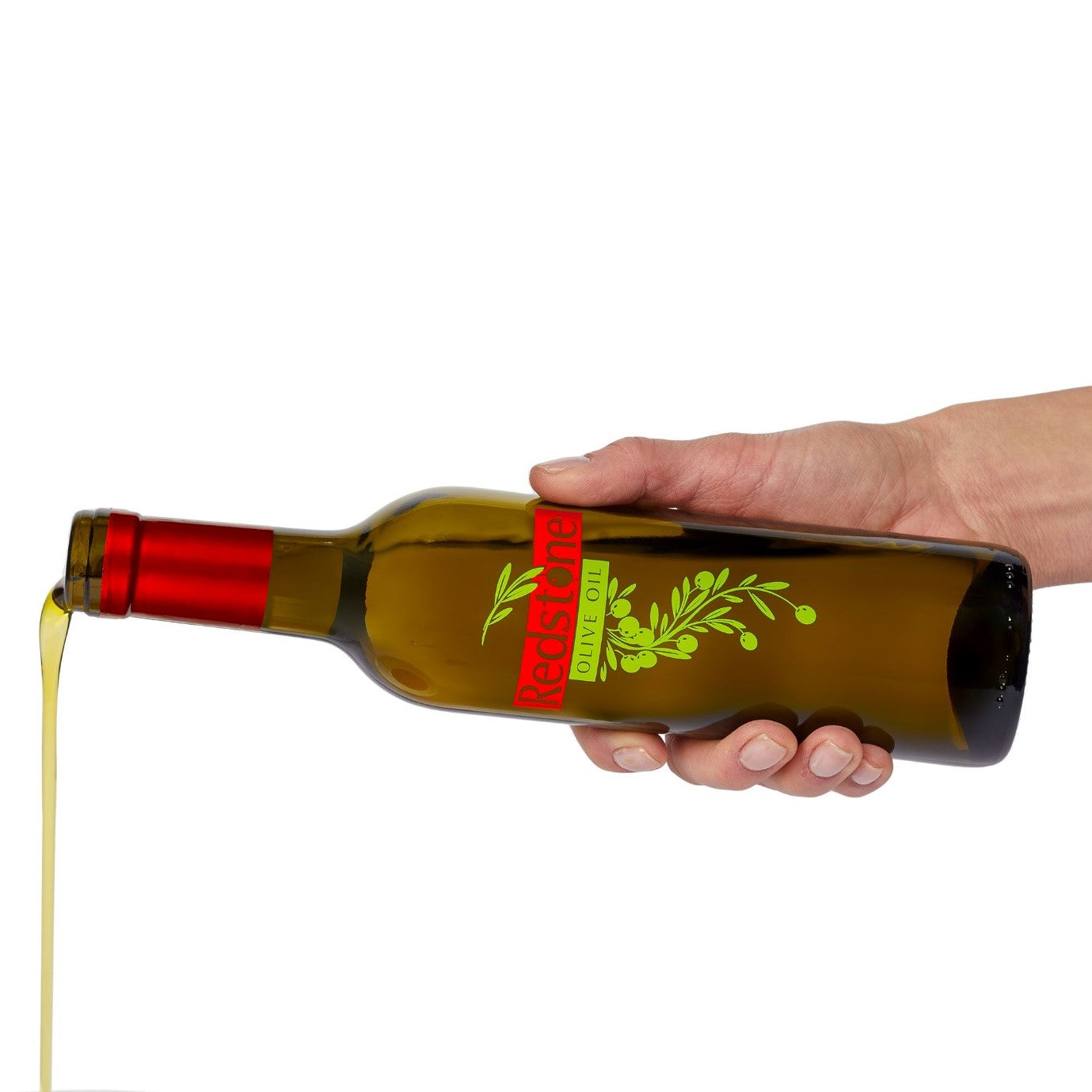Olive oil, a staple in kitchens worldwide, has earned its reputation as a liquid gold. Yet, lurking within this esteemed elixir lies a deceitful imposter: fake olive oil. With the market flooded with counterfeit products, distinguishing between genuine and counterfeit has become necessary. Let's begin a journey to uncover the secrets of spotting fake olive oil in Draper and safeguarding ourselves from being duped.
Understanding the Purity of Olive Oil
Before detecting fake olive oil, it's crucial to grasp what constitutes pure olive oil. This oil undergoes minimal processing to retain its natural goodness extracted from olives. Pure olive oil boasts many health benefits, from promoting heart health to enhancing culinary delights.
The Culprits Behind Fake Olive Oil
Unscrupulous producers and distributors are the masterminds behind the proliferation of fake olive oil. They resort to adulterating olive oil with cheaper oils or employing deceptive practices during production and packaging to maximize profits. The tactics used are cunningly deceptive, from dilution with soybean or sunflower oil to mislabeling lower-grade olive oil as extra virgin.
Cracking the Code: How to Spot Fake Olive Oil
- Check the Label: Scrutinize the label for authenticity. Look for certifications such as PDO (Protected Designation of Origin) or PGI (Protected Geographical Indication), indicating the oil's origin and quality standards.
- Inspect the Packaging: Authentic olive oil is often packaged in dark glass bottles to protect it from light exposure, which can degrade its quality. Beware of oils stored in transparent or plastic containers, as they are more susceptible to oxidation and rancidity.
- Examine the Color and Consistency: Genuine extra virgin olive oil typically exhibits a vibrant green hue with a distinct viscosity. If the oil appears excessively clear or has a watery consistency, it's likely been adulterated.
- Perform the Fridge Test: Place the olive oil in the refrigerator for a few hours. Authentic extra virgin olive oil will somewhat solidify due to its high monounsaturated fat content. It may be a counterfeit if the oil remains liquid or forms solid chunks unevenly.
- Trust Your Senses: Aroma and flavor are telltale signs of genuine olive oil. Authentic olive oil should exude a fresh, fruity aroma with hints of grassiness or pepperiness. It should impart a pleasant, peppery finish upon tasting, indicating its high quality and purity.
Navigating Through the Olive Oil Market
In a market rife with counterfeit products, sourcing genuine olive oil can be akin to finding a needle in a haystack. To avoid falling prey to deception, consider these tips:
- Buy from Reputable Sources: Purchase olive oil from trusted producers or retailers with a proven quality and authenticity track record.
- Opt for Dark Glass Bottles: Choose oils packaged in dark glass bottles or tins to shield them from light and preserve their freshness.
- Know the Price Point: While quality comes at a price, meager prices may signal substandard or adulterated oil.
Conclusion: Safeguarding Your Palate and Health
Discerning the genuine from the counterfeit is paramount in olive oil. By arming ourselves with knowledge and vigilance, we can protect our palates and our health from the clutches of fake olive oil. Let's pledge to honor the legacy of this liquid gold by advocating for transparency and integrity in the olive oil industry. After all, authenticity is not just a label; it's a testament to purity and trustworthiness. For those seeking authentic and high-quality olive oil options in Draper, consider exploring the offerings of Redstone Olive Oil to scale up your favorite dishes to new heights!






